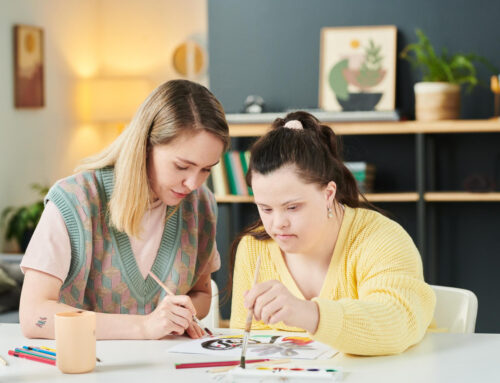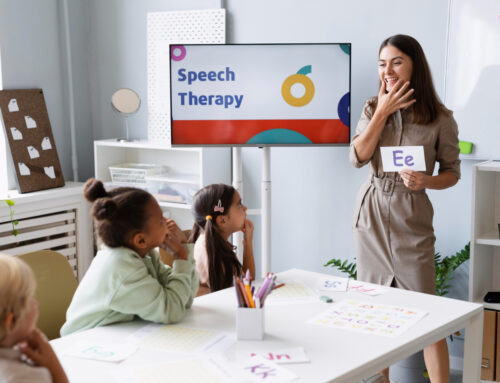
Cerebral palsy is loosely defined by impaired motor function (body movements) due to an injury to the brain before, during, or immediately after birth. People diagnosed with cerebral palsy can have impairments that span a wide range from very mild to very severe. There are several different types and a plethora of information on cerebral palsy that can be difficult to navigate through. Here we will take a look at an easy guide to cerebral palsy.
What is Cerebral Palsy, and How Does it Happen?
Cerebral palsy is considered a neuromuscular disorder, meaning that it disrupts how the brain and muscles of the body work together to produce body movements. Damage to the brain occurs while in utero either through abnormal brain development or injury during the birthing process. As a result, a child can be left with impairments such as paralysis, spasticity, and contracture that inhibit functional mobility. Cerebral palsy can be classified in a few different ways.
Nonspastic Cerebral Palsy
Also known as extrapyramidal CP, is broken down into two categories: dyskinetic and ataxic. Dyskinetic CP is characterized by uncontrolled body movements and muscle tone that can be hypotonic or hypertonic. The involuntary muscle movements can make it increasing difficult for a child to perform functional tasks.
Ataxic cerebral palsy involves lack of coordination and control throughout the entire body. Lack of coordination can negatively affect gross motor patterns and poor fine motor control can impact tasks such as dressing and writing.
Spastic Cerebral Palsy
Spastic, or pyramidal, cerebral palsy involves contracted or tight muscles that are incapable of relaxing. This spasticity can make many tasks difficult to complete due to difficulty moving stiff body parts, controlling movements, and coordination deficits. Spastic cerebral palsy is broken into four subgroups:
- Monoplegia: in which only one limb is affected.
- Hemiplegia or diplegia: either one side of the body—one arm and one leg—or both arms or both legs are affected.
- Triplegia: three limbs are affected; both arms and one leg or both legs and one arm.
- Quadriplegia: both arms and legs are affected.
How Can I Help My Child with CP?
Fortunately, with the techniques, knowledge, and adaptive equipment available, many children with cerebral palsy can live an independent life. Physical and occupational therapists can work with your child to increase mobility and independence. Strengthening, stretching, neuromuscular re-education, and manual techniques can aide your child in adapting activities to perform them independently. Therapists will work with you and your child on appropriate adaptive equipment and braces that will increase independence. Additionally, carrying over the home exercise program designed by your therapist will help your child achieve their goals.
While a diagnose of cerebral palsy can be scary and overwhelming, therapy staff are happy to help answer any questions and work with you to develop the best treatment plan to set your child up for success.





